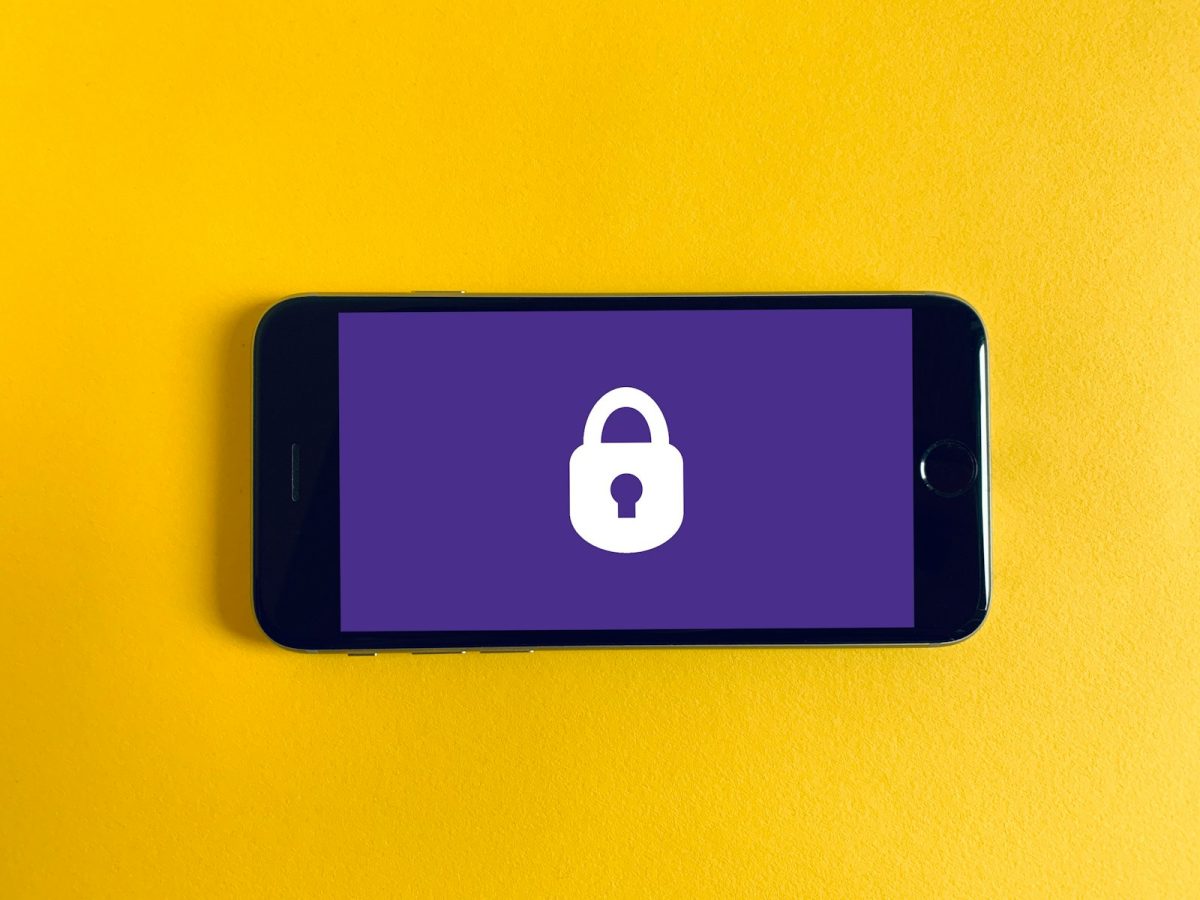Quantum cryptography is an emerging field that uses the principles of quantum mechanics to secure information and communication systems. Unlike traditional cryptography methods that rely on mathematical algorithms and computational complexity, quantum cryptography offers security based on the fundamental laws of physics, making it potentially unbreakable. As cyber threats become increasingly sophisticated, quantum cryptography becomes the next generation of data security.
Quantum Key Distribution(GKD)
Quantum Key Distribution is the fundamental concept of quantum cryptography. QKD allows two parties to generate a shared, secret random key that can be used to encrypt and decrypt messages. The most well-known QKD protocol is BB84, developed in 1984 by Charles Bennett and Gilles Brassard. This protocol uses quantum bits, or qubits, which can exist in multiple states simultaneously, known as superposition. Qubits are transmitted from the sender to the receiver using photons(light particles), and then encoded using two different sets of polarizations(horizontal/vertical and diagonal). Next, the receiver randomly chooses the measurement basis or the set of states for each photon, which uses rectilinear basis(horizontal and vertical) and diagonal basis(45 degrees and 135 degrees) with horizontal and 45 degrees representing the binary number 0 and vertical and 135 degrees representing 1. After the transmission, the sender and receiver compare their basis(not the actual qubits) and only keep the bits where the basis matches. If an eavesdropper tries to intercept the transmission, the act of measuring the qubits will disturb their states, revealing an unwanted guest.
Security Through Physics
What makes QKD so revolutionary is its ability to detect eavesdropping. Due to the principles of quantum mechanics, any attempt to observe or intercept the qubits alters their state, thereby revealing the presence of an intruder. This ensures that if the key distribution is compromised, the communicating parties will know and can discard the key, preserving the integrity of their communication.
Advantages Over Classical Cryptography
Quantum cryptography has several advantages over classical cryptography. One key benefit is its resistance to attacks from quantum computers. While traditional encryption methods like RSA or ECC could potentially be broken by powerful quantum computers using Shor’s algorithm, QKD remains secure regardless of computational advancements, as it does not rely on factorization or discrete logarithm problems. This makes quantum cryptography a crucial tool in a future where quantum computing becomes widespread.
Challenges and Limitation
Despite its promise, quantum cryptography is not without challenges. Implementing QKD on a large scale requires highly sensitive equipment and infrastructure capable of maintaining the quantum state of particles over long distances. Quantum signals can degrade due to noise in optical fibers or atmospheric interference, limiting the effective range of QKD. However, advancements are being made with satellite-based quantum communication and quantum repeaters to extend its reach.
Global Development
Several countries and organizations are already investing heavily in quantum communication networks. For instance, China launched the world’s first quantum satellite, Micius, in 2016, enabling secure communication over thousands of kilometers. In Europe and the United States, efforts are underway to develop quantum internet infrastructure that integrates quantum cryptographic systems with existing technologies.
RELATED STORIES:
https://cs.stanford.edu/people/eroberts/courses/soco/projects/2004-05/cryptography/quantum.html
https://www.nsa.gov/Cybersecurity/Quantum-Key-Distribution-QKD-and-Quantum-Cryptography-QC/
https://www.ncsc.gov.uk/whitepaper/next-steps-preparing-for-post-quantum-cryptography
https://csrc.nist.gov/projects/post-quantum-cryptography
TAKE ACTION:
https://impact.rpi.edu/project/45263/donate
https://ncats.nih.gov/research/research-activities/quantum/nih-quantum-funding-opportunities






